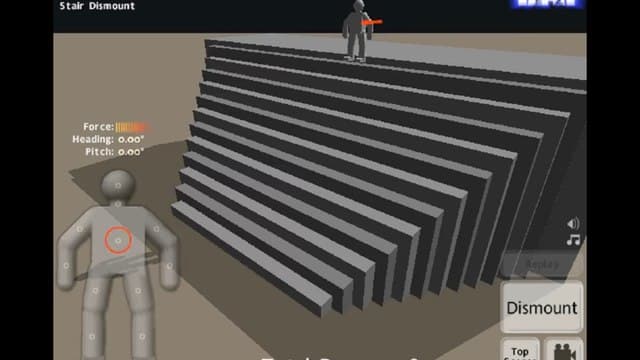In the early 2000s, one of the greatest virtues any indie PC game could have was portability. Dial-up connections were still common, and the smaller a game’s file size, the easier it was to download and install — not just on your home computer, but illicitly on school and workplace machines too. One of the most memorable games of this era for me is Little Fighter 2.
Developed by Marti Wong and Starsky Wong in 1999, Little Fighter 2 was the sequel to an earlier title put out in 1995. Nobody I knew had ever played Little Fighter, but that didn’t stop the sequel from exploding into popularity online and among my friends in the early 2000s. The game is a beat-em-up, a genre that was more or less dead at the time, seen as outdated and repetitive. But Little Fighter 2 shook things up in a number of ways. It looked different from classics titles like Double Dragon and Final Fight, with an anime-inspired aesthetic and bold color choices. It played differently from those games, too, with fighting game-style special moves, distance and close-up fighters, and plenty of secrets to discover.

Little Fighter 2’s characters range from a basic fists-and-fireballs warrior named Davis to a knight who can burst out of his armor when near death, changing his entire fighting style. Since the game supported up to four players at once, there was room to specialize, too — some characters were more support classes like the magician John, while others, such as the kick-focused Dennis, were better at stringing together combos. My favorite was Bat, a boss who you might think wielded a baseball bat but in fact attacked with swarms of bats (the animal).
The variety of playable characters gave Little Figher 2 the charm of a game like Street Fighter, while the codes to unlock the bosses and other enemies gave it the mystique of early Mortal Kombat titles. You’d discover these cool little secrets, like how the fire and ice wizard characters can merge together into a super powerful guy named Firzen by running at each other when they’re low on health. Whether you were playing cooperatively or against your friends, it was a blast. Plus, the game was small enough and had low enough system requirements that installing it on computer lab PCs or rickety old home computers was a breeze.
Marti Wong followed up Little Fighter 2 with the MMORPG Little Fighter Online in 2002, and then again with the mobile game Hero Fighter in 2009. Neither of these games made as big of an impact outside of Hong Kong as Little Fighter 2, however, and Marti and Starsky Wong are now working on a remastered version of that title. Hold your excitement, though, because somewhere a monkey’s paw is curling — Marti Wong has since gotten into NFTs, so the remaster might be tied up in some digital nonsense. But maybe it won’t, and regardless of how it turns out, the original is still available to download if you ever want to revisit your adventures with Davis, John, and a ninja improbably named Rudolf.


